August 1 rituals: how national myths are built and maintained
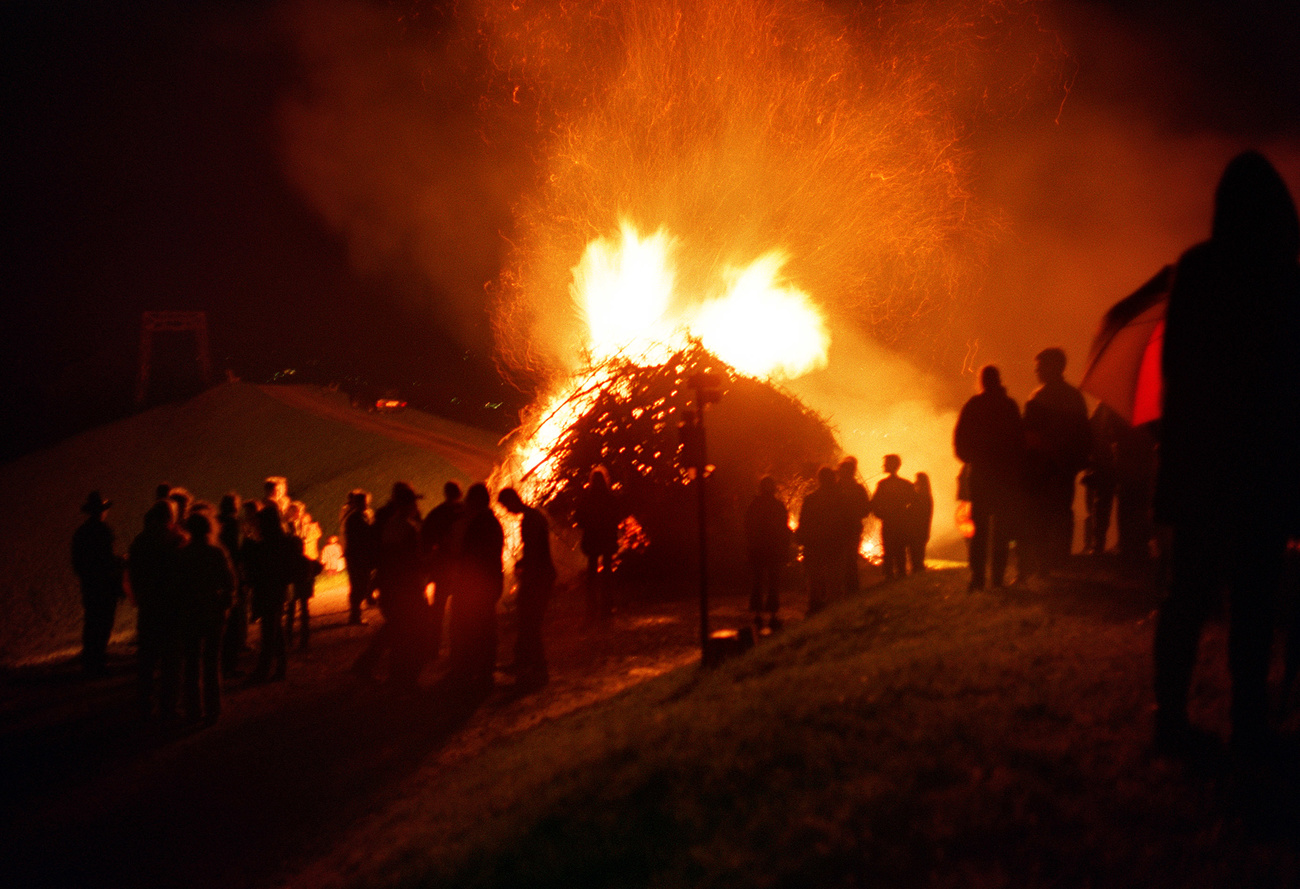
Nation states cannot shake off the power of religion even if they draw a radical separation between the church and the state – as they also depend on rituals and faith.
Zurich religious scholar David Atwood talks about bonfires, lanterns and the oath of office taken by new members of the Swiss government.
SWI swissinfo.ch: On August 1 every year, people all over Switzerland light big bonfires and pay tribute to the nation. There is something archaic about this. As a religious scholar, does it not also make you think of a witches’ sabbath on Walpurgis Night?
David Atwood: No, I don’t really see it as an occult ritual. But yes, fires have probably been an important part of rituals since the Stone Age.
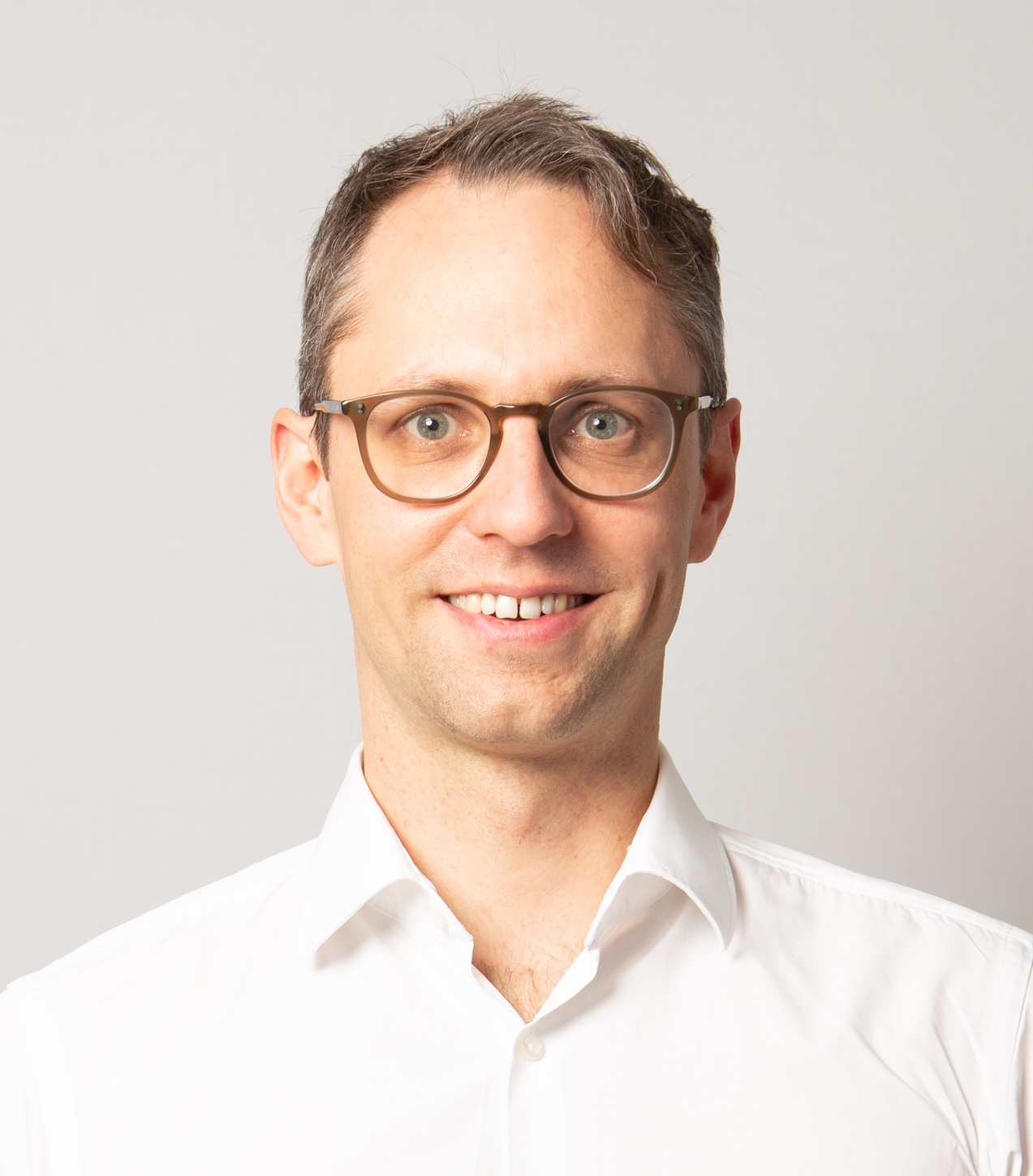
SWI: How did the August 1 bonfires originate?
D.A.: When August 1 was enshrined as Swiss National Day as a ‘reinvention’ at the end of the 19th century, various things were combined. The models for the August 1 bonfires were probably the fires that have a centuries-old tradition in the Alps. Lanterns were added later, as an import from Asia. Traditions are so often the creative result of cultural borrowing.
SWI: What was the purpose of the original bonfires?
D.A.: On the one hand, they were used for communication. People lit them to show other small, related groups where they were and if there was any danger.
SWI: So they were a means of communication for tribal communities?
D.A.: Exactly. But they also had a protective function and were intended to drive away evil spirits. However, any conclusions about this early phase of humanity can only be speculative, and there are also other theories about their origin.
SWI: In addition to the bonfires, on August 1 people wave flags with the Swiss cross. Has the white cross on a red background now lost all religious meaning?
D.A.: It is a Christian symbol that has been turned into a national symbol.

SWI: In the early days of the Confederation, the Swiss liked to compare themselves with the people of Israel as described in the Bible, in the Book of Genesis. The Swiss also saw themselves as a chosen people. What role has this idea played in building national identity?
D.A.: It was a very successful idea in the modern era. The Zurich reformer Heinrich Bullinger also claimed that the Swiss were God’s chosen people. They saw themselves as the ones who had Christianised the mountainous regions and thus the intersection between northern and southern Europe, thereby paving the way for the Vatican to the Germanic-pagan north. Intellectuals in the surrounding countries disputed this divine status of the Swiss people – but Switzerland was not the only country to proclaim this.
In the United States, chosenness is still part of the national rhetoric. In Switzerland, the idea more or less disappeared in the 17th century.
SWI: The French Revolution stood in clear defiance of religion. The word “saint” was removed from street names, for instance. To what extent is this rivalry between state and religion fundamental to democratic states?
D.A.: This rivalry was already set forth in the writings of the Church Fathers. As early as the fourth century AD, Augustine spoke of two kingdoms. He asked: How should Christians act towards the Roman state? What should be given to the emperor, and what to God? Similar questions arose during the Thirty Years’ War, which started as a religious conflict.
Yet in the French Revolution, parts of the state itself were described as sacred for the first time. So not only were saints removed from street names, but churches were turned into “temples to the Goddess of Reason”.
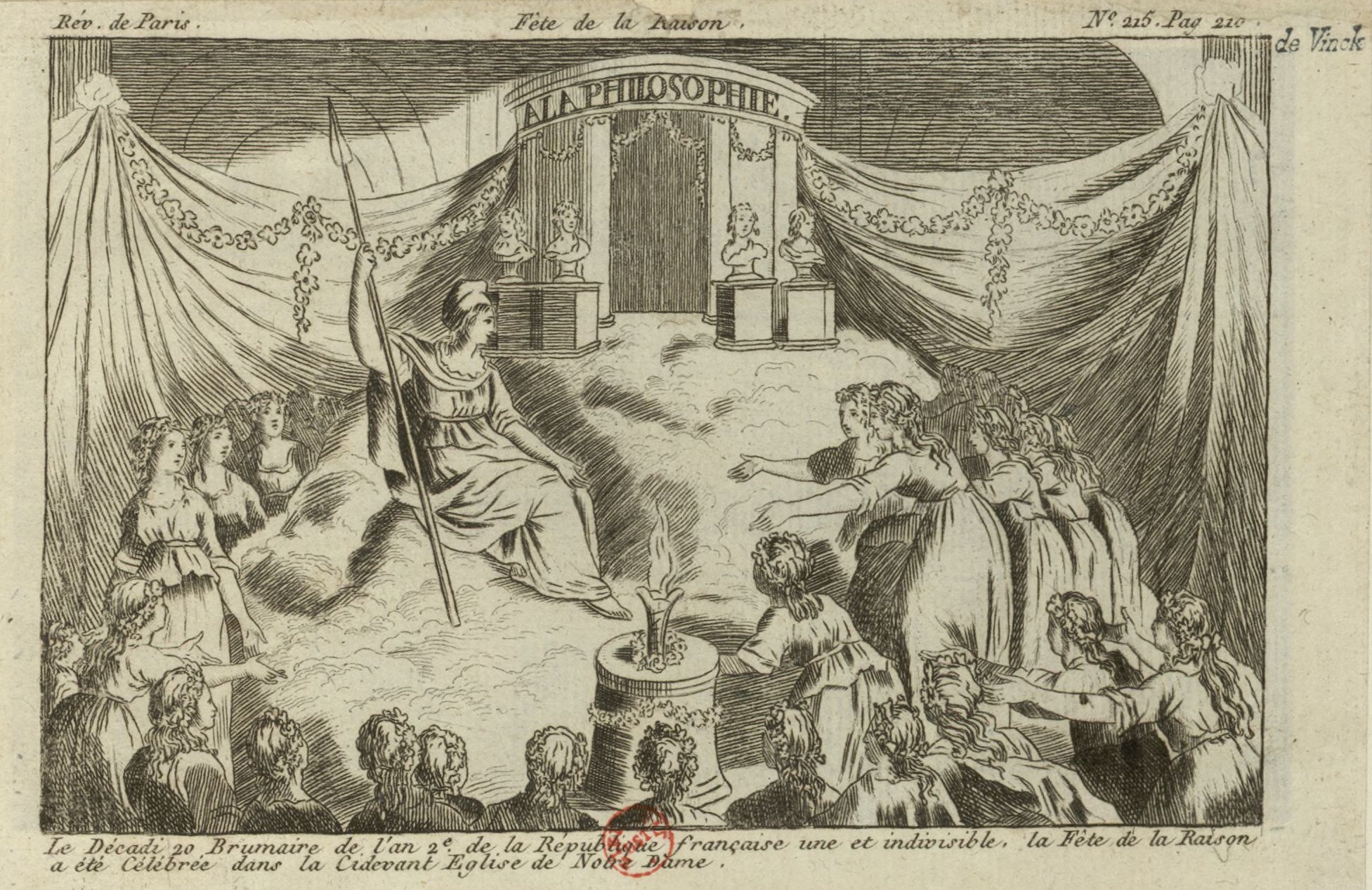
SWI: The Geneva philosopher Jean Jacques Rousseau called this a “civil religion”. What did he mean by this?
D.A.: At the end of his reflections on the social contract, Rousseau questions how individuals manage to come together to form a community, despite their many different views. How is this possible? Rousseau saw a religion of the citizens as the answer. Everyone must share certain beliefs.
SWI: For instance?
D.A.: Faith in the constitution. In Rousseau’s view, this also stands above individual religion. Citizens should first of all be believers in the constitution, and only then have a religious affiliation.
SWI: Can there be too much civil religion?
D.A.: States can certainly become totalitarian and force their citizens to believe and endorse certain things, cultivating a unified identity beyond the rule of law. By this I do not mean theocratic states like Iran, which become totalitarian in the name of a particular religion. I mean regimes like Germany under National Socialism, where state myths and rituals were assigned a huge role. The torch-lit marches of the Nazis are an example of this – and here we have fire again.
I think it is important to realise that this civil-religious element is present somewhere in all states. The rivalry between religion and state has closed our eyes to the fact that religion is not only found in churches but also within the state. But this does not suddenly mean that all politicians are pastors.
SWI: Where do you see this civil religion in Switzerland?
D.A.: In the August 1 speeches, for instance. Each year, politicians answer the questions: Who are we? Where do we come from? Where are we going? They build a national myth – not in the sense of a false history, but the image of the Switzerland we want to live in. This also makes counter-designs possible, like that put forward by the Institute New Switzerland: what is a post-migrant Switzerland?
SWI: But is that religious?
D.A.: If we understand religion as the social formation of myths through rituals, then yes. Even in nation states, ceremonies are needed in order to create legitimacy and credibility. Ideas take on a more powerful effect when we stand together in a crowded square; it helps us feel we are part of a community. Societies need staged moments like this in order to thrive.
SWI: Can you give an example?
D.A.: Take a look at the swearing-in of Swiss Federal Councillors. They have to take an oath, and by so doing they gain a new legal status, as members of the government. This must be accompanied by a ritual.
The Italian philosopher Giorgio Agamben said that every oath, every vow, is a religious act in which we testify that what we are about to say is true. If I lie now, I can be punished for it. Oaths are a typical example of this legal-religious mix. The Swiss Confederation moreover calls itself, in German, an Eidgenossenschaft – that is, an “oath commonwealth”, in reference to the pacts signed between the different cantons when the country was formed.
Translated from German by Julia Bassam

In compliance with the JTI standards
More: SWI swissinfo.ch certified by the Journalism Trust Initiative









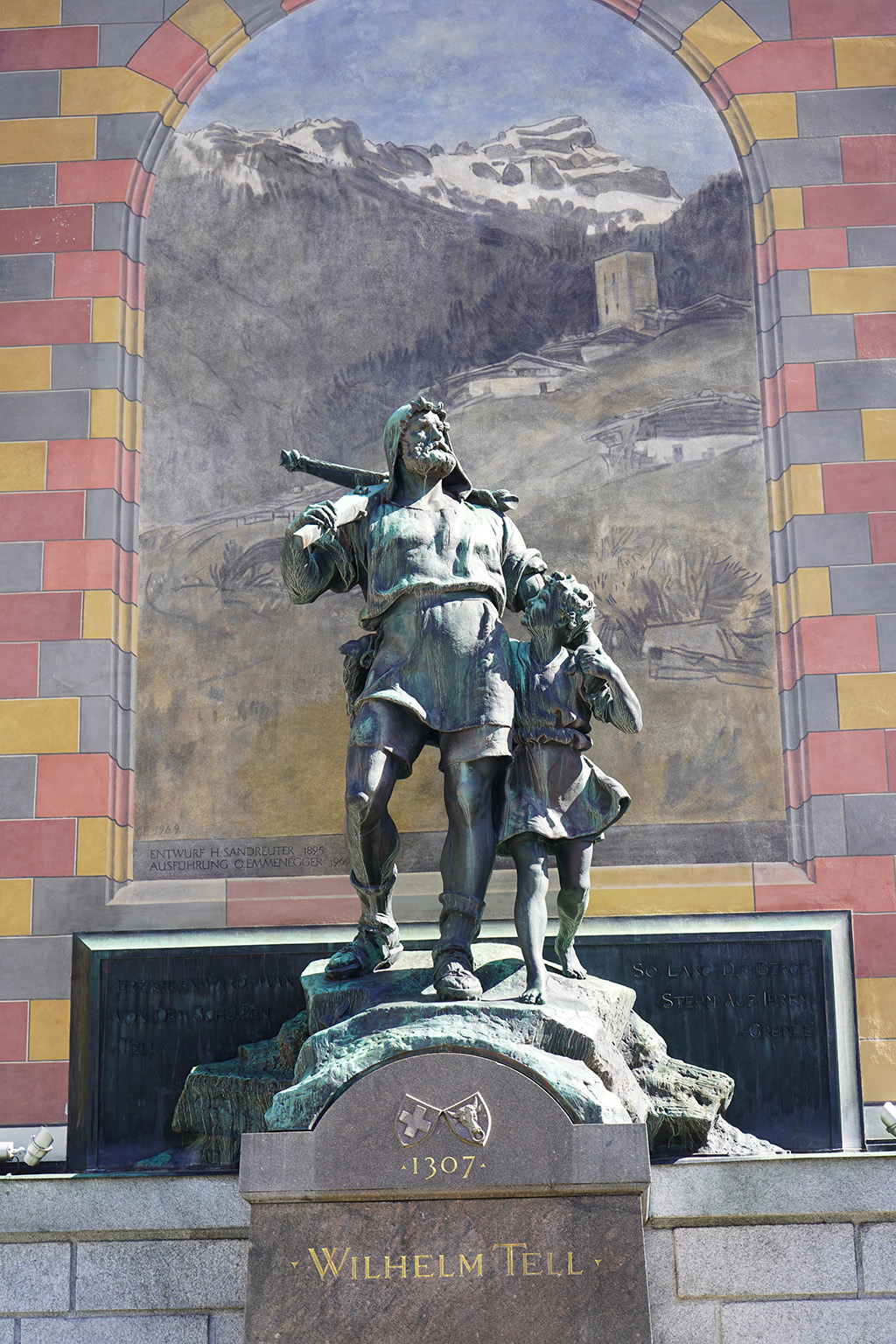
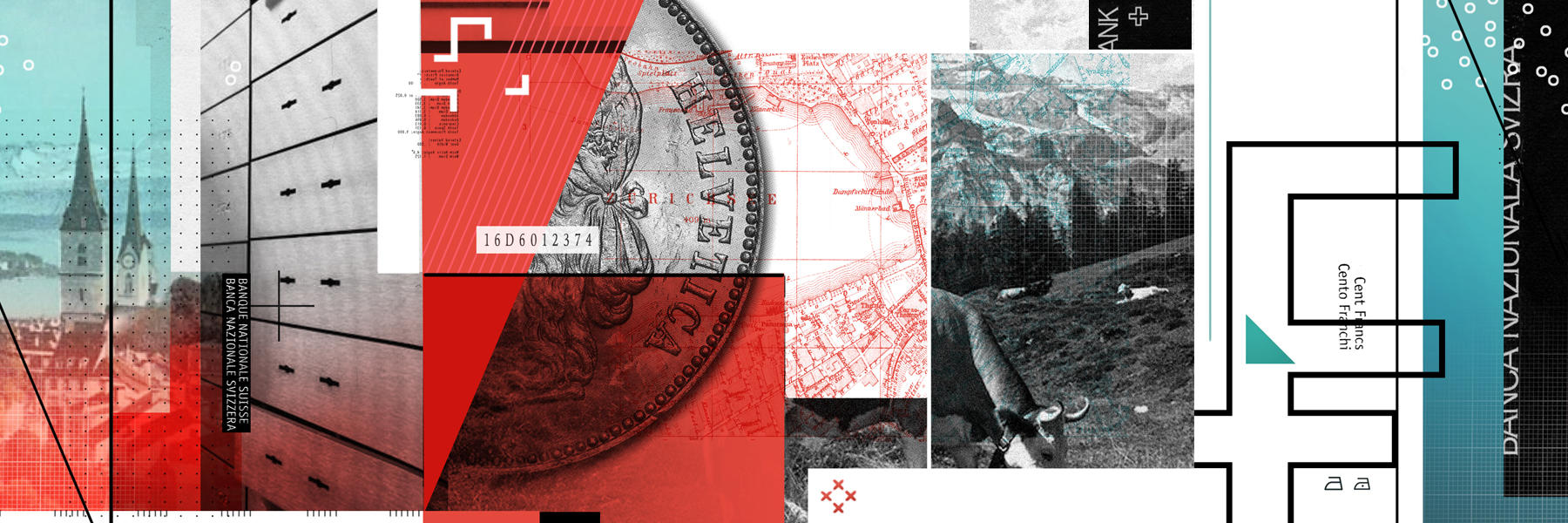
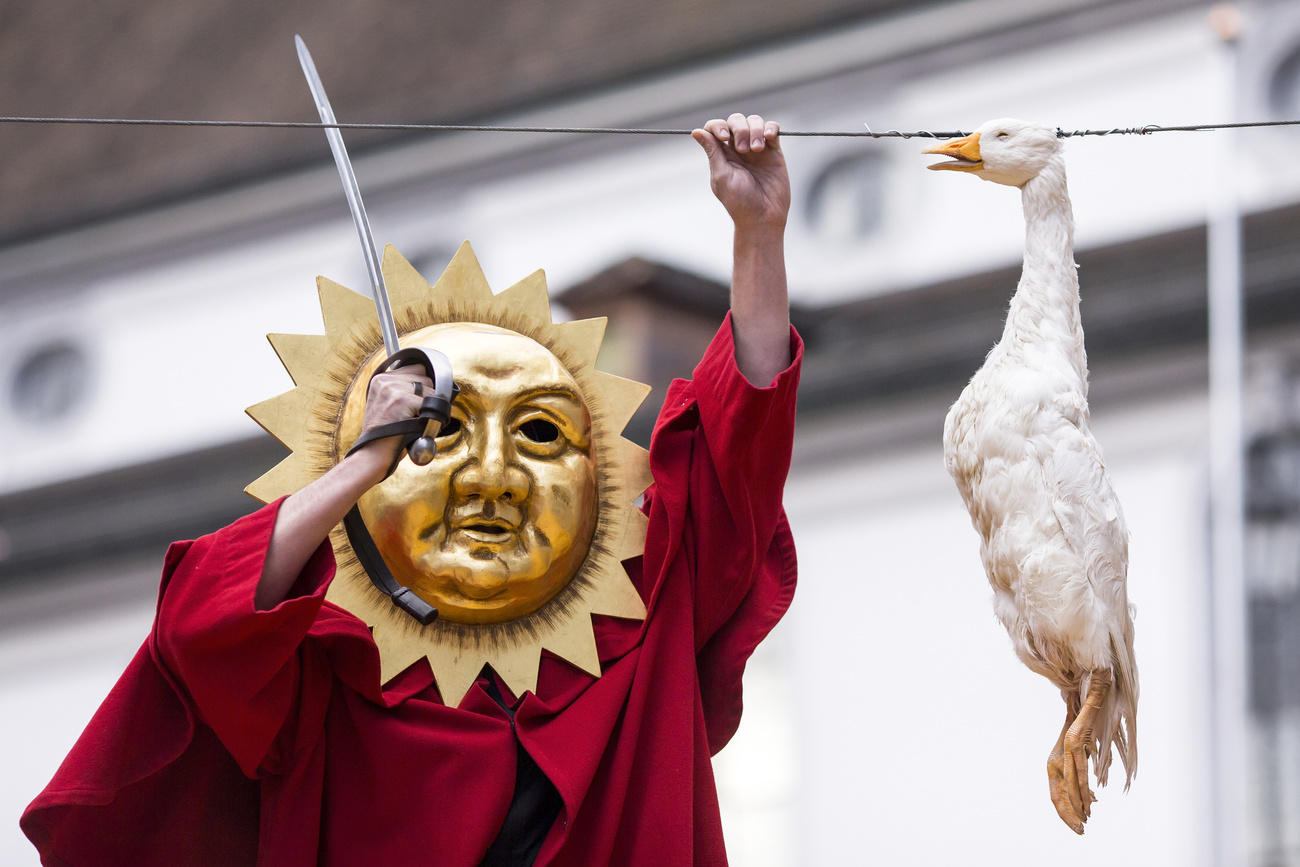
You can find an overview of ongoing debates with our journalists here . Please join us!
If you want to start a conversation about a topic raised in this article or want to report factual errors, email us at english@swissinfo.ch.